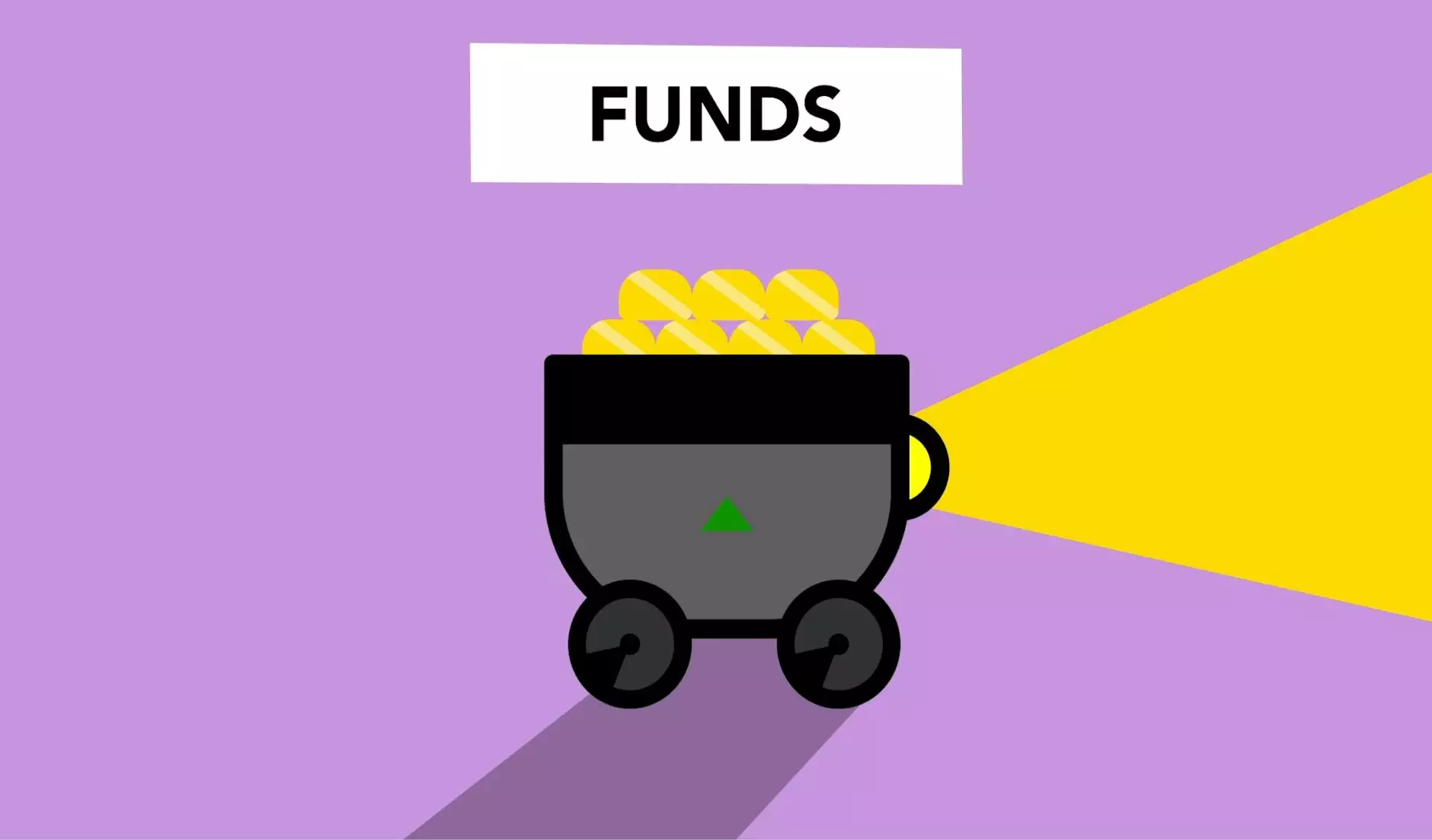Website Page Speed Optimization
Technology
Introduction
Welcome to LAD Web Design and SEO, your trusted partner in the field of website development and search engine optimization. In this comprehensive guide, we will explore the importance of page speed optimization and share valuable insights to help improve your website's performance.
Why Does Page Speed Matter?
Page speed is a crucial factor that directly impacts user experience, search engine rankings, and overall website performance. In today's fast-paced digital world, users expect instant access to information and seamless browsing. Slow-loading websites can lead to higher bounce rates, lower conversion rates, and negatively affect your brand reputation.
The Benefits of Page Speed Optimization
By investing in page speed optimization, you can unlock a plethora of benefits for your business:
- Enhanced User Experience: Faster loading times lead to happier visitors who are more likely to stay on your site and engage with your content.
- Improved Conversion Rates: A speedy website encourages visitors to take desired actions, such as making a purchase, signing up for a newsletter, or filling out a form.
- Higher Search Engine Rankings: Search engines like Google prioritize fast-loading websites, giving them a competitive advantage in search results.
- Reduced Bounce Rates: When your pages load quickly, visitors are less likely to abandon your site in favor of a faster alternative.
- Mobile-Friendly Experience: Optimal page speed ensures seamless browsing across all devices, including smartphones and tablets.
Website Page Speed Optimization Techniques
1. Minimize HTTP Requests
The number of HTTP requests a page makes can significantly impact its loading time. Reduce the number of elements on your page, combine external CSS and JavaScript files, and leverage browser caching to minimize these requests.
2. Optimize Images
Large image files can significantly slow down your website. Compress and resize images without compromising quality to reduce their file size. Utilize modern image formats such as WebP to further improve loading speed.
3. Enable Compression
Gzip compression allows your web server to compress your website's files before sending them to the visitor's browser. This technique can drastically reduce file sizes, resulting in faster loading times.
4. Caching Mechanisms
Implementing browser caching and server-side caching techniques allows returning visitors to load your website faster by retrieving previously stored data. Utilize tools like caching plugins or Content Delivery Networks (CDNs) to optimize caching.
5. Optimize CSS and JavaScript
Minify CSS and JavaScript files to remove unnecessary white spaces, comments, and line breaks. Combining and compressing these files can make them load faster, contributing to a quicker overall page loading time.
6. Prioritize Above-the-Fold Content
Focus on loading above-the-fold content first. Prioritizing the essential elements visible to users before they scroll encourages faster perceived page speed.
7. Reduce Server Response Time
Avoid delays in server response time by choosing a reliable hosting provider, optimizing your database, and implementing performance enhancements such as server-side caching and load balancing.
8. Eliminate Render-Blocking Resources
Identify and remove or defer render-blocking resources, such as JavaScript and CSS that prevent the page from rendering quickly. This optimization technique can significantly improve your website's loading speed.
Conclusion
Page speed optimization is a critical aspect of website development that should not be overlooked. By implementing the techniques outlined in this guide, you can significantly enhance your website's performance, user experience, and search engine rankings.
At LAD Web Design and SEO, we specialize in providing high-quality website development services for businesses in the Business and Consumer Services industry. Contact us today to leverage our expertise and ensure your website is optimized for page speed and user satisfaction.










